USST_Arts_112320151流体诱导换热器管束的振动特性及其反问题研究
摘要管壳式换热器的振动失效主要是由管束振动引起的,为了避免流体诱导换热器管束振动破坏,我们需要采取一些措施,因此有必要首先对管束进行动力学分析。目前诸多学者在预防换热器管束振动方面进行了大量的实验和研究工作,取得了很多的进展,提出了不少的理论见解和实验判据。很多方法都可以有效的避免管束的共振,如减小换热管的无支撑跨距,设置支撑板,减小壳程的流体流速,以及使用杆状和条状支撑取代折流板。但是由于流动的复杂性以及振动因素的不确定性,仍然不能从根本上解决流体诱导换热器的管束振动问题。TEMA标准和GB151标准均指出采用标准防振设计的换热器仍然可能发生振动现象。需要指出的是TEMA标准和GB151标准...
相关推荐
-
梁实秋翻译思想研究VIP免费

 2024-09-20 10
2024-09-20 10 -
从互文性视角研究文学翻译—以《老人与海》汉译本为例VIP免费

 2024-09-20 11
2024-09-20 11 -
汉英文化差异与西湖景点介绍的英译——— 从奈达的功能对等理论角度VIP免费

 2024-09-20 9
2024-09-20 9 -
文学自译研究——以林语堂《啼笑皆非》为个案VIP免费

 2024-09-20 9
2024-09-20 9 -
隐喻机制与转喻机制在英语新词语形成中的重要作用VIP免费

 2024-09-20 10
2024-09-20 10 -
英语字母及字母组合意义相关性的认知研究VIP免费

 2024-09-20 9
2024-09-20 9 -
Performance of Downlink Frequency Domain Packet Scheduling for the UTRAN Long Term EvolutionVIP免费

 2024-09-20 8
2024-09-20 8 -
Discourse Power of Teacher and Students in Classroom-成型论文VIP免费

 2024-09-20 8
2024-09-20 8 -
Frequency Domain Packet Scheduling Under Fractional Load for the UTRAN LTE DownlinkVIP免费

 2024-09-20 6
2024-09-20 6 -
Growth at Hubbard's FoodsVIP免费

 2024-09-20 13
2024-09-20 13
相关内容
-
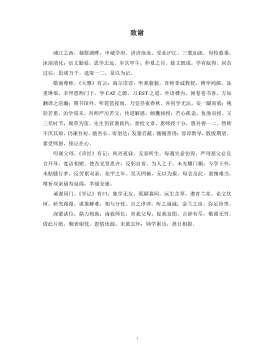
CAT在大型船舶消防翻译项目中的应用探索
分类:高等教育资料
时间:2025-01-09
标签:无
格式:PDF
价格:15 积分
-
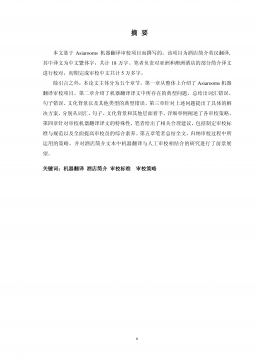
机器翻译审校策略研究—以Asiarooms500酒店简介英译汉为例
分类:高等教育资料
时间:2025-01-09
标签:无
格式:PDF
价格:15 积分
-
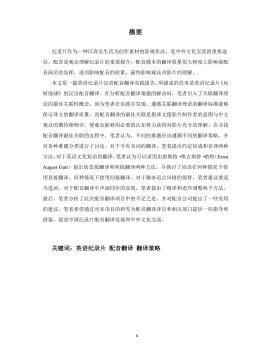
英语纪录片《玩转地球》的汉语配音翻译实践报告
分类:高等教育资料
时间:2025-01-09
标签:无
格式:PDF
价格:15 积分
-
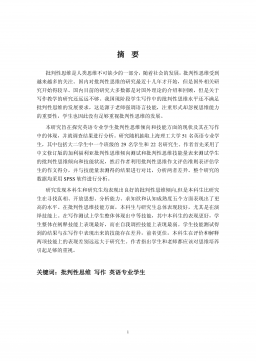
英语专业学生的批判性思维现状及其在写作中的应用调查与分析---以上海理工大学英语专业为例
分类:高等教育资料
时间:2025-01-09
标签:无
格式:PDF
价格:15 积分
-
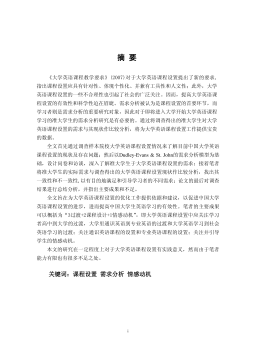
准大学生对大学英语课程设置的需求研究--以安徽省某高中2014届毕业生为个案
分类:高等教育资料
时间:2025-01-09
标签:无
格式:PDF
价格:15 积分






